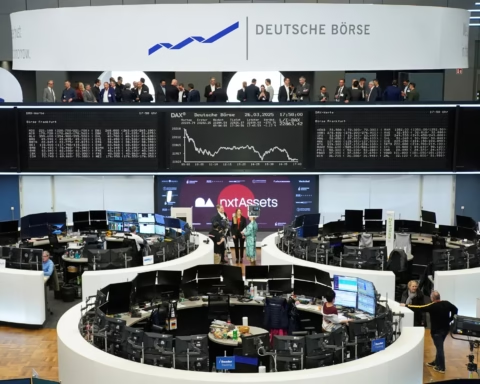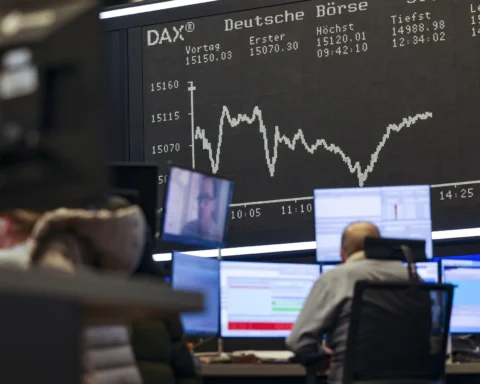For centuries, Europe was the epicenter of global power — from the Renaissance and Industrial Revolution to being home to some of the world’s greatest empires. However, after two devastating world wars, decolonization, the rise of the U.S. and Asia, and a series of internal economic and political struggles, Europe’s influence seemed to wane.
Today, in 2025, the question is: does Europe have a real chance for a comeback?
The answer is not simple — but it’s not a clear “no,” either. In fact, Europe might be quietly preparing for a significant resurgence.
Europe’s Strengths in 2025
Despite facing challenges like aging populations, political fragmentation, and energy dependency, Europe still holds remarkable strengths:
1. Technological Innovation
Europe is investing heavily in emerging technologies.
Germany, France, and Sweden are rapidly advancing in AI, biotech, cybersecurity, and green energy. European startups, once overshadowed by Silicon Valley giants, are becoming major players — especially in sectors like climate tech and industrial automation.
2. Sustainability Leadership
Europe leads the world in environmental regulation and green innovation.
The European Union’s Green Deal has made sustainability a cornerstone of economic recovery, and companies across Europe are at the forefront of renewable energy, electric mobility, and circular economy models.
3. Financial Stability
While individual countries like Italy still wrestle with debt, the eurozone as a whole remains relatively stable.
European banks are stronger than they were during the 2008 crisis, and regulatory frameworks are designed to prevent future systemic shocks.
4. Cultural Power
Europe’s cultural influence remains unmatched.
From fashion and art to philosophy and cuisine, Europe’s soft power continues to shape global tastes and values. Cities like Paris, Berlin, and Barcelona remain iconic global hubs.
Challenges Europe Must Overcome
However, the path to a full comeback is not guaranteed. Europe faces real hurdles:
- Demographic Decline: Birth rates are low across most of Europe, threatening long-term economic growth unless immigration is managed effectively.
- Political Fragmentation: Brexit highlighted the deep divisions within Europe. Nationalist and populist movements continue to challenge the EU’s unity.
- Global Competition: The U.S. and China are not slowing down. Europe must work harder to keep pace with their innovation, military capabilities, and geopolitical strategies.
- Energy Security: Although the transition to renewables is underway, Europe still struggles with energy dependency — a vulnerability exposed during crises like the Russia-Ukraine conflict.
Signs of a European Revival
Interestingly, 2025 has shown clear signs that Europe is preparing for a new phase of influence:
- Defense and Security: NATO is being strengthened, and European countries are investing more in their own defense industries.
- Expanded Global Trade: New trade agreements with Africa, Latin America, and Indo-Pacific nations are opening new markets.
- Youth Engagement: Younger Europeans are more politically active and entrepreneurial, pushing for reforms, innovation, and inclusivity.
Conclusion: A Slow but Steady Comeback
Europe’s comeback won’t look like a sudden surge; it will be slow, strategic, and rooted in innovation, sustainability, and global cooperation.
If Europe can modernize its economies, unify politically, and embrace a global leadership role in green technology and human rights, it has every chance to regain significant influence on the world stage.
The future is still open — and Europe is not out of the game yet.






















